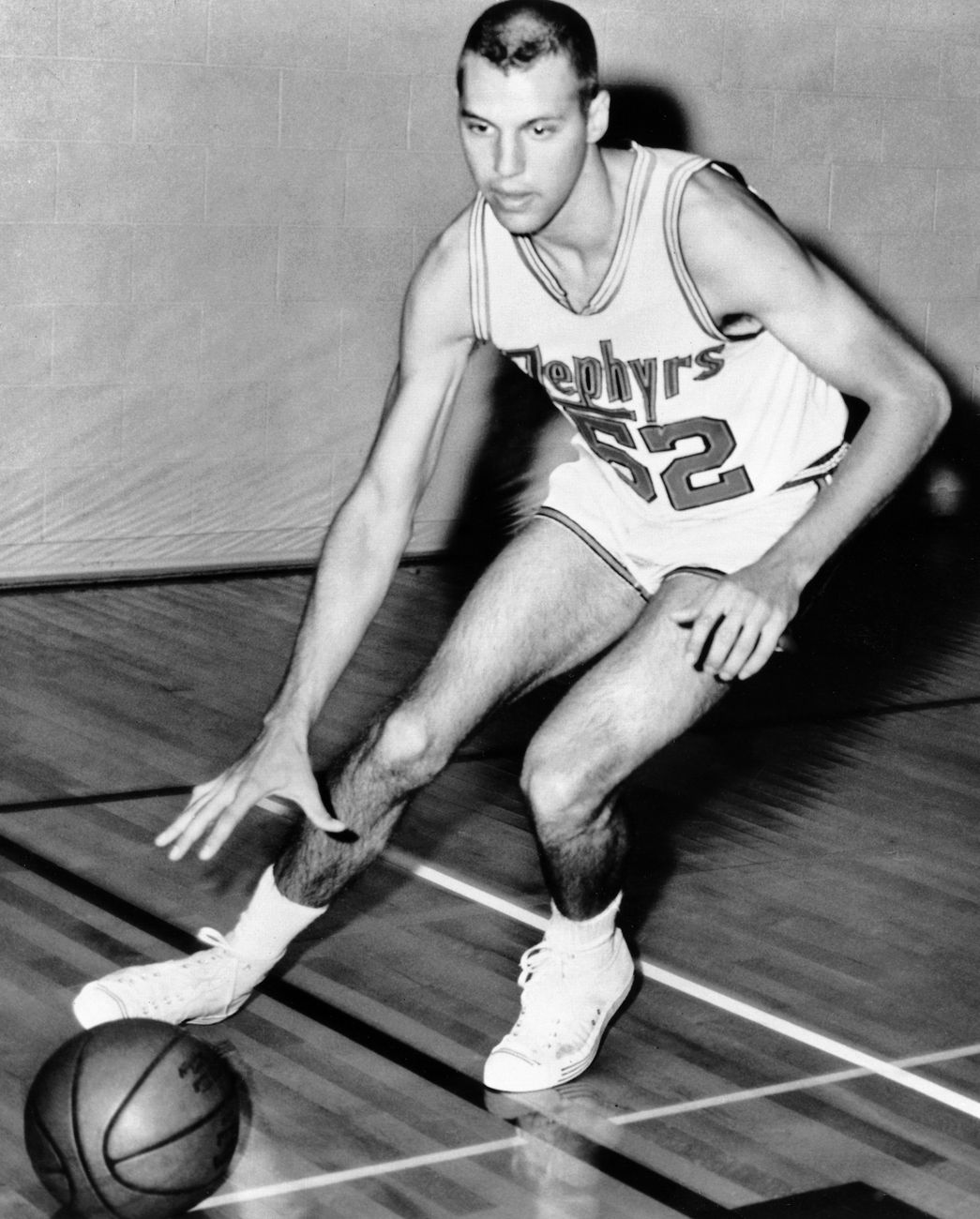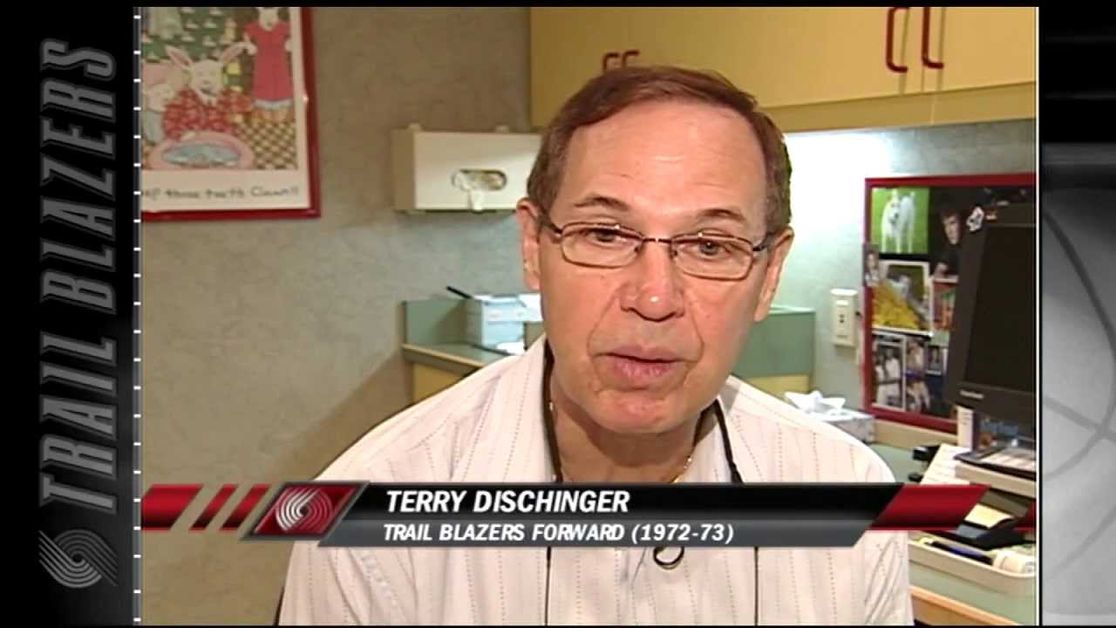boredom said:
SFCityBear said:
A great game by Jaylen, no doubt about it. But not exactly dropping "half a Wilt".
Two things:
1. All Chamberlain's shots from the field in that 100 point game vs the Knicks were two pointers. The game was played in 1962, and Wilt retired in 1973, and the NBA did not adopt the three point shot until 1980. Brown made several threes in his 50-point game. Brown has had the advantage or good fortune to be playing in the era of the three point shot.
2. This was an overtime game, and Brown played in and scored in the overtime period. Wilt's 100 point game record was set in a regulation 48 minute game against the Knicks.
Another impressive (for him) stat from Wilt's game vs the Knicks was he made 28 out of 32 free throws, an .875 percentage. He shot FTs at only 0.613 for the season in 1962, and .only 511 for his NBA career.
if you're going to era adjust then you have to factor in that Wilt played in a time of way more possessions per game than exist today. Wilt's 100 point game was a 169-147 win. That's 316 points in a regulation game. The teams combined for 233 FGA and 93 FTA. If we assume 2 FTA = 1 possession that means 279 possessions in the game before counting turnovers (which don't appear to have been a recorded stat back then).
Jaylen's game was a 116-111 win for a total of 227 points. Wilt's game had 39% more scoring despite Jaylen's going to OT. The teams combined for 180 FGA and 55 FTA (again, despite the game going to OT). That's 207 possessions not counting turnovers. That's 35% more possessions.
If you adjust for pace (standardizing to Wilt's pace), Jaylen scored 67 while playing 2 less minutes than Wilt did. If you subtract 5 points for the 5 3s (making them 2s instead) that's 62. So still more than half a Wilt if you want to get into era adjustment stuff.
Or we can just appreciate that Jaylen had a big game without feeling the need to pump up Wilt.
I already said Jaylen had a great game. Isn't that appreciation?
There is no need for a nobody like me to pump up Wilt Chamberlain. His achievements are in the records. And he did his own talking, and usually backed it up.
What happened was, I misunderstood Bearister's comment, and I mistakenly replied by defending Chamberlain's game. That is what I do when it comes to the appearance of trivializing the players and game of yesteryear. All players of all eras are important, and even though it is fun to compare them, it is really impossible to honestly compare players of different eras, because the game has changed so much.
Maybe you can answer this question: Why is it that so many basketball fans, as opposed to baseball fans, or football fans denigrate the players and game of years gone by? Willie Mays shows up to a Giants game, and it is an event, everyone stands up and cheers him, with most of the fans never having seen him play. Baseball and football are totally different sports now, with players specializing and playing far less minutes per game. If Joe Montana comes to a Niner game, he'd get a standing O. Look at all the accolades when John Madden is remembered. But in basketball, some Cal fans trivialize the game and the players Pete Newell coached, again with never having seen Pete's teams play.
As for pace, it is a modern statistic, a calculated number. The change in pace was the result of several rule changes, made to favor the offensive player over his defender, to promote scoring again in a game which had become dull and rather boring as defense carried the day. The idea was to make the game more attractive, attract more fans. The NCAA in Wilt's day (1957) was 22 teams, while last year the NCAA was 68 teams. The 1957 Final was attended by 7,778 fans, and there was no network TV (and maybe no TV at all) Today it is a huge cash cow, with 72,068 fans attending the Final, and millions more watching on TV. The NBA has had similar success, with NBA franchises making far more money and now worth far more than ever before.
As far as era adjusting goes, the rule changes are a better driver of the way the game is played than any of the stats or metrics, including pace, but unfortunately they can't be quantified by stats or numbers. The modern player on offense can carry the ball, walk with it, and charge into his defender. The defender is not allowed to hand check or otherwise impede the progress of the man he is guarding. Years after they had retired from the NBA, Bill Russell interviewed Wilt Chamberlain. He asked Wilt, "Wilt, you averaged 50 points per game one season. How many points could you average in today's game?" Wilt replied, "Oh, about 75 points." Russell laughed. Wilt then said, "I averaged 50 points one season. How many points do you think I could score with no one being allowed to put their hands on me or lay a body on me?" In those days players tried everything to stop Wilt. Grabbing, shoving, even stepping on his feet. He was just too strong. Wilt also said in the interview, "I could not have set the one game scoring record without my teammates. When I got to where it looked like I might be able to score 100, they began feeding me on every play." Maybe if Jaylen Brown or another star is fortunate enough to have teammates who will pass him the ball on every play like Wilt did, maybe they too will score 100 or more.
SFCityBear



 .
.